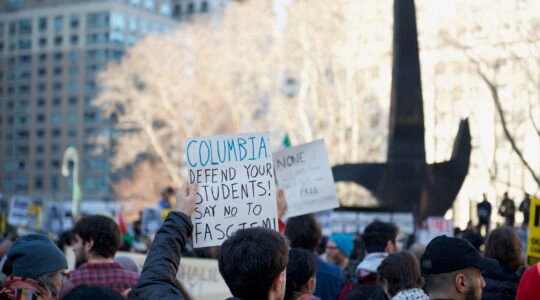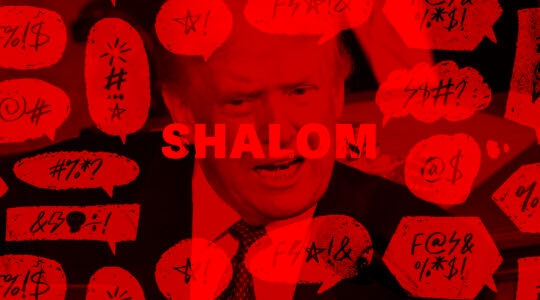New York City is a place of monuments and remembrance, from the Soldiers and Sailors Memorial Arch in Brooklyn to the Christopher Columbus statue in the very circle that bears his name in Manhattan and the smallest tombstones in its many cemeteries. Monuments give the city its texture, depth and sense of where it and its residents have been. All of this has come into focus following the Charlottesville tragedy, which began as a protest to remove the statue of Robert E. Lee from that city, and more recently the calls to remove monuments from the New York cityscape, not to mention paintings from our museums.
The conversation is an extremely divisive one. In fact, at Mayor Bill de Blasio’s recent monuments commission hearing, the protestors were evenly divided over whether controversial statues on city property should be removed.
Erasing history means ending all discussion. It is the point at which what happened in the past never really happened, because we can no longer “see it.” Erasing history is a denial of the complex realities of the past, placing whatever came before us in a state of non-existence. It is denial of the very humanity of our ancestors — or worse, the ancestors of someone else.
I write this as a historian, and more than that, as a Jewish historian. No people has had more of its monuments erased, destroyed or denied to them over so long a period as the Jews. The Temples of Jerusalem, destroyed by Babylonians and Romans, are the premier examples. The site of these Temples became a Christian waste dump to prove the defeat of Judaism by the Church, and then the foundations of a new Muslim story. Superseded by both, Jews adamantly hold onto their memory, finding tangible confirmation of their past in Rome’s Arch of Titus, with its images of the spoils of the Temple. They huddle beside a small remnant of the Temple on a narrow alleyway in Jerusalem — called by Christians a “Wailing Wall.” Alas, today, Jewish memory of the Temple is again denied, erased by people who would also erase the Jewish state.
The erasure of Jewish monuments across Europe and the Arab lands during the 20th century left whole territories to tell new stories of their pasts, those histories without Jews. Today, Holocaust monuments and reconstructed Jewish sites are again battlegrounds as left, right and the moderate middle struggle for the souls of Eastern Europe. Erased monuments mean erased Jews, and therefore mean the ability to deny past wrongdoing.
My own work on the Arch of Titus, currently the focus of an exhibition at the Yeshiva University Museum, is a prime example of the continuing life of monuments, and why they should be preserved. The Arch, built to memorialize the Emperor Titus and his destruction of Jerusalem in 70 C.E., shows the spoils of Jerusalem as they were brought to Rome in 71 C.E. and exhibited in a so-called “Temple of Peace.” Prominent is the seven-branched menorah. From antiquity to the present, Romans, Jews and Christians, popes, Fascists and modern Zionists have seen themselves in this arch — some with pride, others with loathing and pain. For Jews, it has been both — pride in a glorious past, and sadness at an ignoble present. In modern times, the Arch become a source of Jewish pride and inspiration, a “place of memory” of the first order. What if this monument had been destroyed in the Middle Ages, its stones turned to cement as so much of classical antiquity was? What if it had been blown up during World War II, either by Allied planes, or afterward by angry Holocaust survivors seeking to right historical wrongs? An essential, often painful and always meaningful part of our culture — of ourselves — would be lost. Instead, the menorah of the Arch, with all of its complexity, was chosen as symbol of the Jewish state.
What does that mean to us in New York today?
Contextualization, absolutely. It is time to re-engage with our monuments. Let’s discuss the history and the implications of each and every monument and building in our city — from the most prominent to the least assuming. Let’s invest in this kind of public education, and discuss. Renewed focus upon our constructed space will add richness and complexity to all of our lives. Tear down monuments? Absolutely not!
Steven Fine is the Churgin Professor of Jewish History at Yeshiva University and curator of “The Arch of Titus: From Rome to Jerusalem and Back,” on view at Yeshiva University Museum through Jan. 15, 2018.
The New York Jewish Week brings you the stories behind the headlines, keeping you connected to Jewish life in New York. Help sustain the reporting you trust by donating today.




